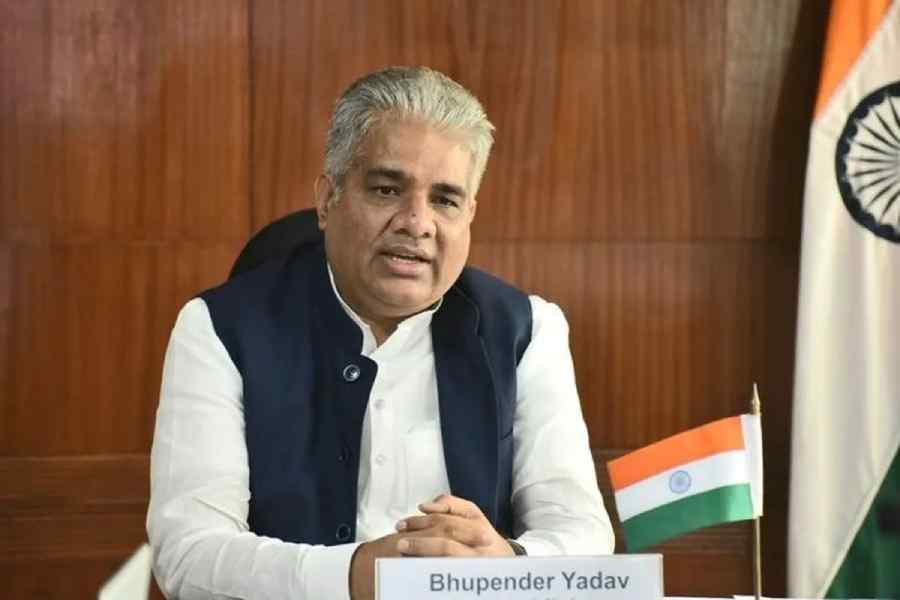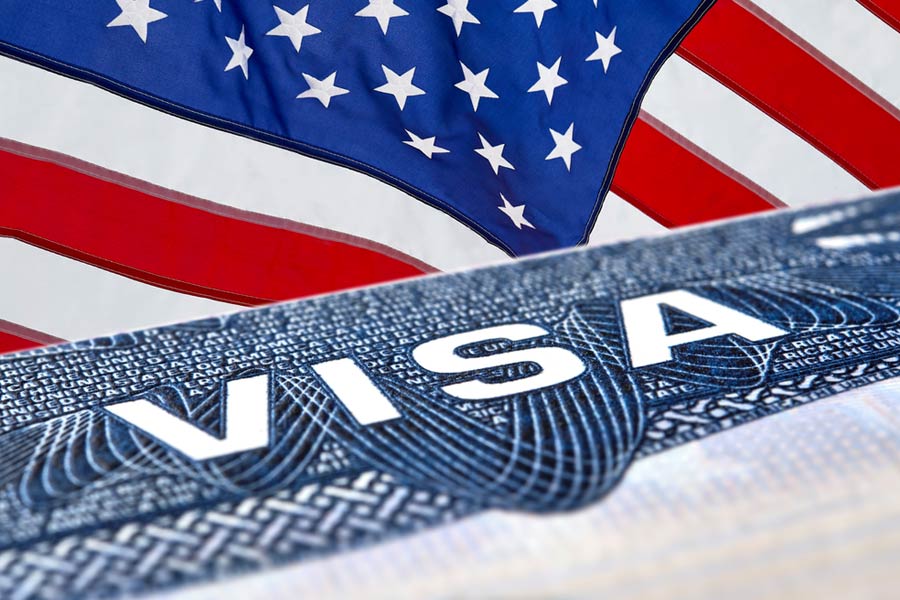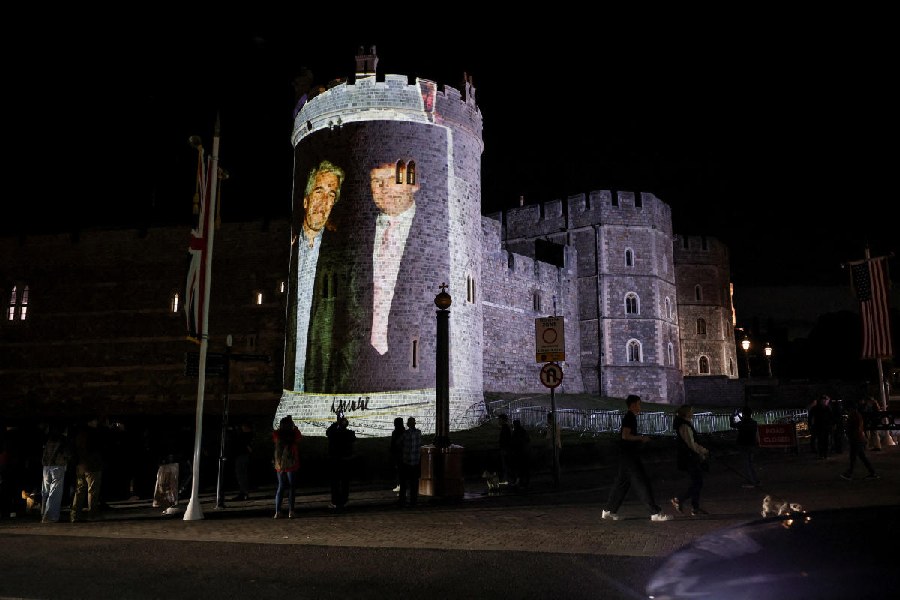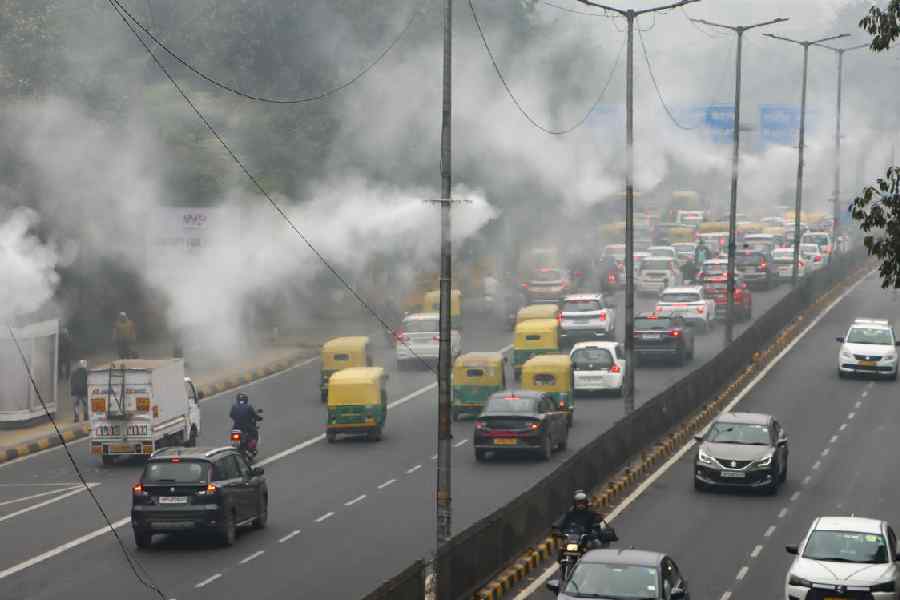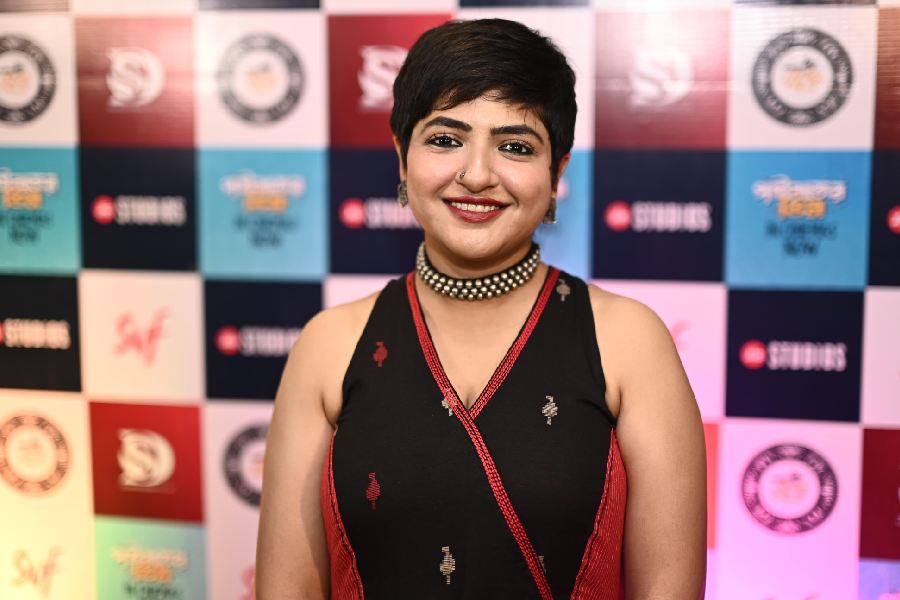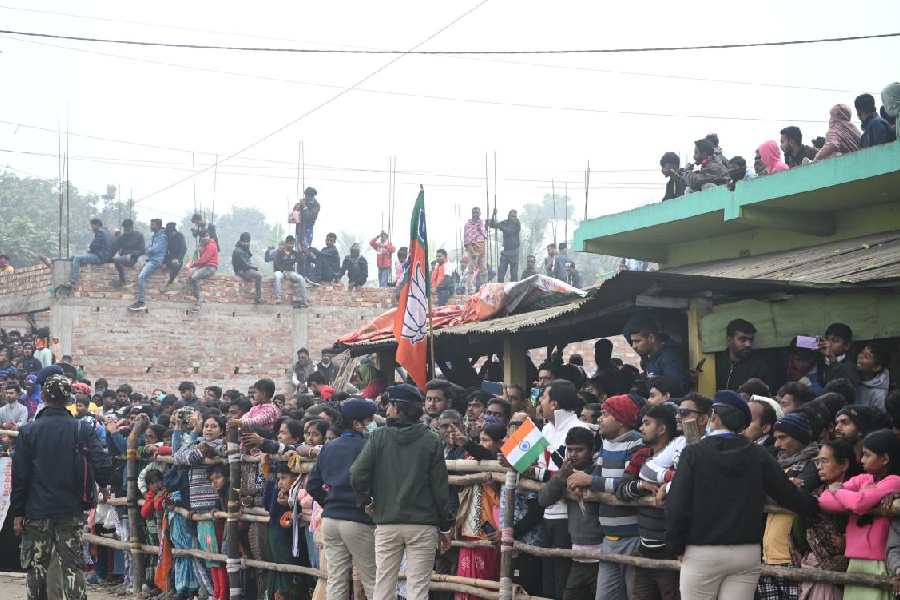 |
| According to Sandip Soparrkar (centre), partner dances are gaining popularity due to television reality shows, Pix: Gajanan Dudhalkar |
Do you remember the late Patrick Swayze’s stunning moves in Dirty Dancing and did Richard Gere make your heart skip a beat in Shall We Dance? Has the popular television show So You Think You can Dance captured your imagination?
If you fall into these categories, you’re surely a dance buff. And if you think that salsa is all that India’s got going, think again. In fact, think along the lines of Latin American club dances like the bachata, merengue, cha-cha-cha, jive or rueda. Better still, think zouk, tango, rumba, samba, waltz, foxtrot, quickstep and paso doble.
Partner dancing has gone through a mini- revolution with dance schools bringing in tons of Latin American, ballroom and even African action into India. So, while Kaytee Namgyal’s school, Salsa India, offers classes on bachata, merengue and street cha-cha-cha, Lourd Vijay’s Dance Studio in Bangalore teaches everything from the Argentine tango to the jive, swing and zouk — which traditionally comes from the Caribbean.
 |
| Lourd Vijay (in photograph) organises tango socials at his dance studio on Fridays |
To make things exciting, you could head to the backwaters of Kerala this November for India’s first kizomba, bachata and zouk festival — on a houseboat. Kizomba is a passionate dance that comes from Angola. You could also hit Goa’s Sun City Resort (in November too) for the Goa International Latin Festival for a generous dose of rueda, paso doble, jive and cha-cha-cha — with night-long parties to boot. These festivals, open to all, are also flying in world famous instructors to hold workshops on these dances.
Says choreographer Sandip Soparrkar: “Dance reality shows have played a huge role in changing the conventional Indian mindset about partner dancing.” Soparrkar, who gets about 6,000 students in a year across all his schools in India, now has people asking to learn specific forms like the quickstep, samba and waltz — a major shift from earlier times when these names were quite alien.
 |
| Vive La Salsa socials are hosted by Plush, the nightclub at The Astor hotel Pix: Rashbehari das |
People from all age groups are flocking to these dance schools for various reasons — some join in for fun, others come to stay fit. Youngsters tend to opt for funky forms like the cha-cha-cha and jive or sensuous dances like the bachata or zouk. Reva Jaireth and Brijesh Menon, students at Calcutta-based Vive La Salsa, are zouk fans. “It’s different from salsa and bachata, so refreshing to dance,” they add. On a different note, those who are older go for tango, the Viennese waltz and the rumba since they can be paced according to what suits the dancer.
Satyaki Saha and Sovit Biswal of Mambo City, Calcutta, believe that people enjoy socialising through these dances. “Most people prefer to dance the bachata because the steps are simpler, and the music, softer and slower,” says Saha. Aditya Upadhya, director, Vive La Salsa, points out: “Prospective students have always been wowed by bachata during our demo sessions since it’s danced close and is sensual.”
In Delhi, people join for different reasons. According Titil Bhattacharya, assistant director and operations manager, Salsa India: “Some students come to meet different people. Others comprise the globe- trotting crowd who don’t want to feel left out at parties abroad.”
 |
| Salsa India attracts those who want to learn the merengue and cha-cha-cha Pix: Rupinder Sharma |
After all, Latin club dances are a huge rage the world over, with the biggest nightspots playing Latin American music regularly. While the concept hasn’t caught on in India yet, dance schools organise their own ‘socials’, some in partnership with a club. So, Salsa India hosts its socials in places like Zenzi Bandra after a bachata workshop or Ai in Saket, Delhi and Vive La Salsa gets parties going in Plush at The Astor hotel.
Other schools have private socials. For instance, Lourd Vijay’s Dance Studio organises milongas or tango socials on Fridays. And Mambo City hosts parties at Kriya Studio, Calcutta. Highlights include introducing people to exotic forms like the flirtatious rumba guaguancó, a type of Cuban rumba. Socials are open to anyone who is interested in them and also serve as platforms for students to practice what they learn in class — especially since these are social dances.
Lourd Vijay, whose school currently trains about 800 students, believes that dancing is reaction to music. What about the ‘touch’ factor, considering Indians aren’t used to partner dancing? “These dances are based on footwork and technique. Once you’re in the fold, the shock of dancing close to strangers wear off,” Vijay points out. The dancer is planning to promote par-tner dancing as a health regime at the International Salsa Congress in Bangalore next month.
 |
| Satyaki Saha and Sovit Biswal of Mambo City say that people prefer the bachata as it has relatively simpler steps Pix: Rashbehari Das |
Rocky Poonawala, director of Pune-based Rocky Poonawala’s, says he can make a dancer of anyone. “We let people understand the importance of dancing and try to infuse them with a lot of enthusiasm,” he says. Poonawala organises boot camps too, for short spans of time, to give people an idea about what a certain dance form entails.
Most of these schools construct a certain syllabus, which students need to follow and have their own unique way of running classes. Poonawala, who enrolls about 300 students a month, has very strict attendance rules while Sopparkar’s schools have 18 levels per dance form, with each level spread over two months.
On the other hand, Salsa India teaches merengue and cha-cha-cha as part of its salsa classes; according to Bhattacharya, “the L.A. style of salsa is the mother of all Latin dances.” Saha and Biswal, though, prefer to teach cha-cha-cha to more seasoned dancers.
So, head out and slip on some dancing shoes. It’s time to get your groove on.


